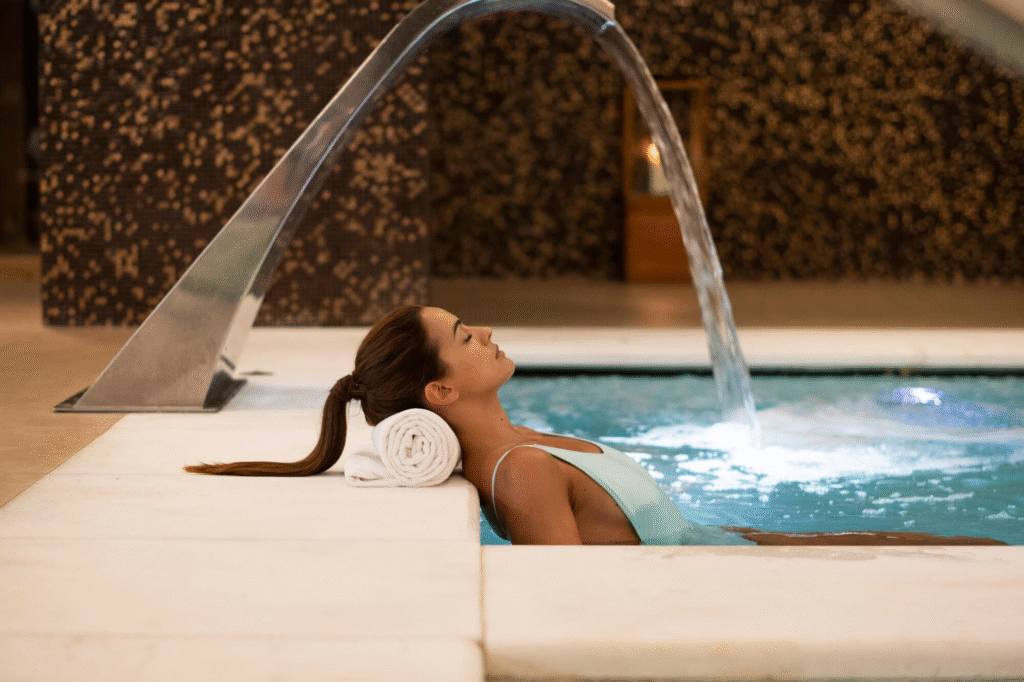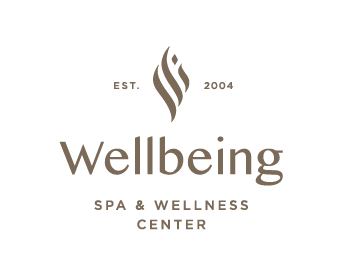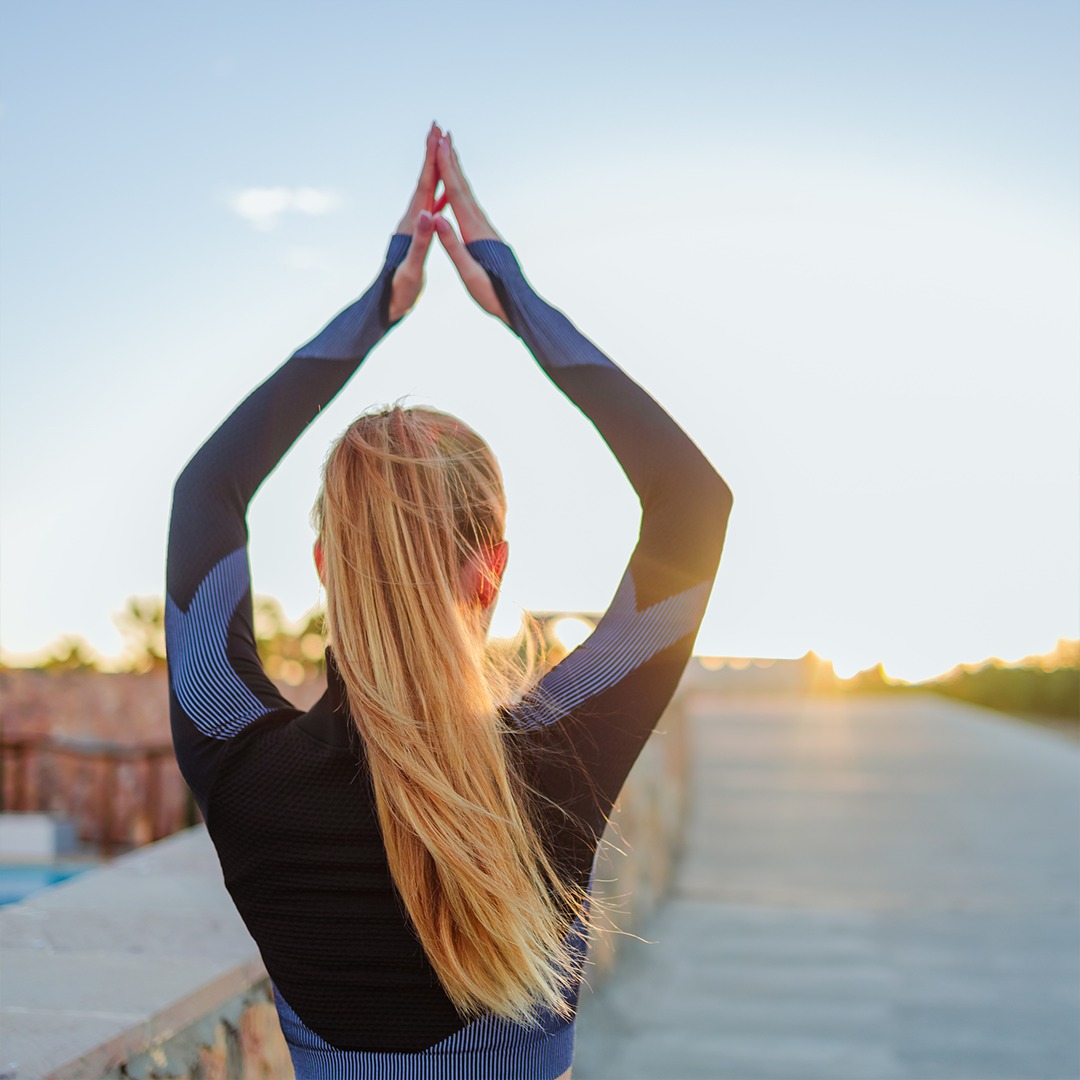
How Spa Treatments Improve Sleep Quality and Relaxation
Sleep is one of the most important pillars of health, yet in today’s fast-paced world, many people struggle to get quality rest. Stress, work pressures, and digital distractions can disrupt natural sleep patterns, leading to fatigue, irritability, and even long-term health issues. One increasingly popular way to enhance sleep quality is through spa experiences. Spa for better sleep is no longer a luxury—it’s a practical wellness approach. By combining relaxation techniques, calming environments, and targeted therapies, spa treatments can significantly improve sleep wellness. In this comprehensive guide, we’ll explore how spa treatments aid sleep, the best evening routines, and sleep-friendly therapies suitable for all lifestyles.
1. Understanding the Connection Between Spa Treatments and Sleep

Sleep quality depends on both physiological and psychological factors. Stress hormones, muscle tension, and overactive minds can interfere with the ability to fall asleep or remain in deep restorative sleep stages. Spa therapies address these challenges by:
- Reducing stress and cortisol levels through massage and aromatherapy.
- Promoting physical relaxation and releasing muscular tension.
- Encouraging mental calmness through mindful treatments and serene environments.
- Supporting circadian rhythm alignment by creating a sense of ritual and transition into rest.
By incorporating relaxation techniques such as meditation, gentle stretching, and breathing exercises within a spa setting, individuals can establish a routine that signals the body it’s time to sleep.
2. Types of Spa Treatments That Enhance Sleep Quality

Various spa treatments have specific benefits for improving sleep wellness. Below are the most effective options:
2.1 Aromatherapy Massage
Aromatherapy combines essential oils with massage therapy to soothe the nervous system. Lavender, chamomile, and sandalwood are particularly effective for promoting relaxation and deep sleep.
Benefits:
- Reduces anxiety and mental clutter.
- Encourages muscle relaxation.
- Supports hormonal balance related to sleep cycles.
Recommendation: Schedule a gentle aromatherapy massage 1–2 hours before bedtime to transition smoothly into rest.
2.2 Hot Stone Therapy
Warm stones placed along energy points relax tense muscles and improve circulation. This treatment also signals the parasympathetic nervous system to reduce stress.
Benefits:
- Releases deep muscular tension.
- Enhances blood flow, improving oxygen delivery to tissues.
- Creates a calming, meditative effect that encourages sleep.
2.3 Hydrotherapy
Hydrotherapy involves the use of water in various forms—showers, baths, jacuzzis, or thermal pools—to relax the body and calm the mind.
Benefits:
- Eases muscular stiffness.
- Lowers cortisol levels.
- Prepares the body for sleep by increasing body temperature, followed by cooling, which promotes drowsiness.
Tip: A warm bath 60–90 minutes before bedtime can mimic spa-like effects at home.
2.4 Reflexology
Reflexology focuses on pressure points in the feet, hands, or ears that correspond to organs and systems in the body. Stimulating these points can reduce stress and balance energy flow.
Benefits:
- Reduces anxiety and promotes relaxation.
- Improves circulation and organ function.
- Encourages overall wellness and supports healthy sleep cycles.
3. Evening Spa Routines for Better Sleep

Incorporating spa-like routines into your evening can create a consistent pattern that promotes sleep wellness. Here’s how to design a simple yet effective routine:
Step 1: Wind Down with a Warm Bath or Shower
- Use warm water to relax muscles and increase body temperature.
- Add essential oils like lavender or chamomile for aromatherapy benefits.
Step 2: Gentle Massage
- Self-massage or a professional session targeting shoulders, neck, and back.
- Use calming oils or creams to stimulate relaxation.
Step 3: Mindfulness or Meditation
- Spend 10–15 minutes focusing on deep breathing or guided meditation.
- Practice body scans or progressive muscle relaxation to release tension.
Step 4: Hydration and Herbal Teas
- Drink caffeine-free herbal teas such as chamomile or valerian root.
- Avoid heavy meals and alcohol, which can disrupt sleep.
Step 5: Sleep-Friendly Environment
- Dim lighting or use candles to signal the transition to rest.
- Maintain a cool room temperature (around 18–20°C) for optimal sleep conditions.
4. Relaxation Techniques That Complement Spa Treatments

In addition to hands-on therapies, relaxation techniques practiced alongside spa treatments can enhance sleep wellness:
4.1 Deep Breathing Exercises
Slow, deep breathing reduces heart rate and stress, preparing the body for sleep.
Technique: Inhale for 4 counts, hold for 7 counts, exhale for 8 counts. Repeat 4–6 times.
4.2 Guided Imagery
Visualizing calm, serene places helps distract from racing thoughts. This technique is often incorporated into spa sessions with soothing music.
4.3 Progressive Muscle Relaxation
Tense each muscle group for 5 seconds, then release. This improves awareness of tension and enhances physical relaxation.
4.4 Mindful Meditation
Even brief meditation sessions can lower stress hormones, stabilize breathing, and improve the transition to sleep.
5. Spa Treatments Tailored for Sleep Disorders
Certain therapies are particularly beneficial for those struggling with insomnia or irregular sleep patterns:
- Aromatherapy-focused treatments: Essential oils like ylang-ylang, lavender, and bergamot are known for their sedative properties.
- Thermal treatments: Sauna or steam rooms followed by a cool-down period can encourage natural sleepiness.
- Yoga-based spa sessions: Gentle yoga stretches incorporated into spa treatments promote flexibility and reduce tension.
- Sound therapy: Many modern spas combine treatments with soft soundscapes, binaural beats, or nature sounds to enhance relaxation.
6. Scientific Evidence Linking Spa Treatments and Sleep
Research supports the link between spa therapies and improved sleep:
- Massage Therapy: Studies show reduced stress and anxiety, leading to longer deep sleep phases.
- Hydrotherapy: Warm water immersion before sleep can accelerate the onset of sleep by regulating body temperature.
- Aromatherapy: Lavender and chamomile oils improve sleep duration and quality in both clinical and home settings.
Regular spa treatments, combined with a mindful evening routine, can lead to cumulative improvements in sleep quality, stress resilience, and overall health.
7. Integrating Spa Practices at Home

Even without visiting a spa, you can replicate many treatments at home to promote sleep wellness:
- Create a relaxing bath ritual: Add essential oils, Epsom salts, or flower petals.
- DIY massage: Use oils to massage neck, shoulders, and feet.
- Soothing music or nature sounds: Create a calming auditory environment.
- Warm compresses: Place warm towels or herbal packs on tense areas.
- Mindful transition: Dim lights, turn off screens, and practice breathing exercises.
8. Choosing the Right Spa for Better Sleep
When selecting a spa to improve sleep, consider:
- Treatment offerings: Look for massage, hydrotherapy, aromatherapy, and relaxation-focused sessions.
- Ambiance: Quiet spaces, soft lighting, calming music, and natural elements enhance relaxation.
- Timing: Evening or late-afternoon sessions can better align with natural sleep rhythms.
- Customization: Spas offering personalized treatments based on stress levels, muscle tension, or sleep challenges can be more effective.
9. Combining Spa Treatments with Lifestyle Practices

Spa treatments are most effective for sleep wellness when combined with healthy lifestyle habits:
- Maintain a consistent sleep schedule.
- Reduce caffeine and screen exposure before bed.
- Exercise regularly but avoid intense workouts close to bedtime.
- Practice mindfulness or journaling to reduce mental clutter.
- Create a sleep-conducive environment with minimal light, noise, and comfortable bedding.
10. Sample Evening Spa Routine for Optimal Sleep
- 6:30 PM – Warm Bath: Use lavender-scented oils and soft lighting.
- 7:00 PM – Aromatherapy Massage: Gentle neck, shoulders, and back massage.
- 7:30 PM – Meditation or Guided Imagery: Focus on deep, slow breathing.
- 7:45 PM – Herbal Tea: Chamomile or valerian root tea.
- 8:00 PM – Quiet Reading or Journaling: Minimal screen exposure.
- 8:30 PM – Bedtime: Ensure the room is cool, dark, and quiet for optimal sleep.
This routine combines spa for better sleep, relaxation techniques, and environmental cues to improve overall sleep quality.
11. Conclusion

Quality sleep is essential for physical, mental, and emotional well-being. By incorporating spa treatments into your routine, you can effectively combat stress, release muscle tension, and promote a sense of calm that prepares the body for restorative sleep. From aromatherapy massages and hot stone therapy to hydrotherapy and reflexology, traditional wellness treatments offer a holistic approach to sleep wellness.
Even a short, consistent evening routine can significantly enhance sleep quality, reduce anxiety, and improve overall health. By understanding the connection between spa therapies and relaxation, you can create a personalized approach to winding down, rejuvenating, and achieving deep, restorative sleep.





Leave a Reply